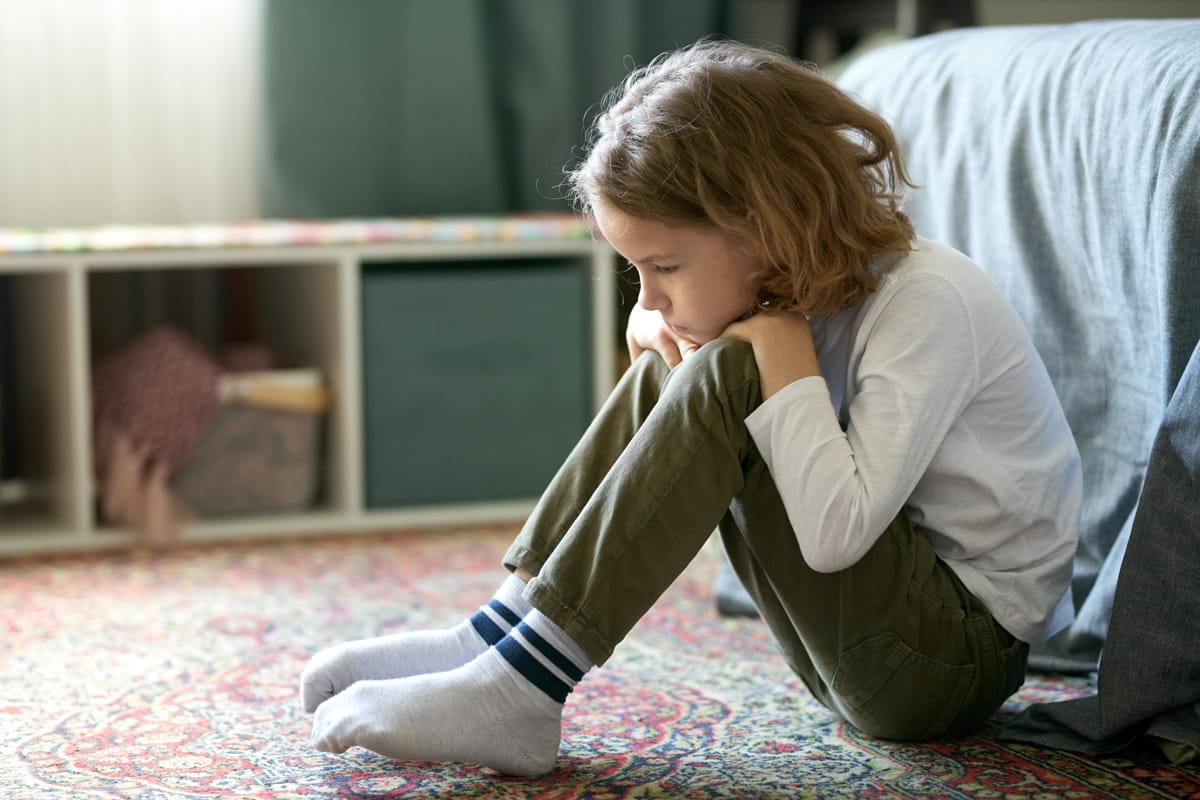State of Emergency: The Adolescent Mental Health Crisis in America

Why your children are suffering and how you can help
If you have a child, teen or young adult and you’re worried about their mental health, you are not alone. According to the Centers for Disease Control and Prevention (CDC), 1 in 5 children have a mental, emotional or behavioral disorder, yet only 20% receive treatment.
Why are our children suffering?
These issues are complex and multifactorial. Below are the most cited reasons for the adolescent mental health crisis in America.
Pandemic Challenges
Research shows the COVID-19 virus and containment of its spread through masks and social distancing negatively impacted children and teenagers. The sudden shift to remote learning and lack of in-person interactions with friends and mentors has been difficult for many young people. The lack of physical touch and increased awareness of germs have also been a source of stress and anxiety in children. Additionally, school closures have disrupted the sense of routine and structure that many children rely on, making it difficult for them to adapt to the new normal. Learning during the pandemic was more challenging causing many students to fall behind in academic development which has led to increased stress as society moves towards a post-pandemic world.
Isolation
Children and teens who have switched schools due to moving or graduated from one school to the next, can have fewer opportunities to socialize. This leads to feeling isolated at home, even with parents and siblings there. This can advance emotional isolation to the point the child does not want or know how to share their feelings with others.
Researchers believe the consequences of loneliness may be different depending on a person’s age. For children and teenagers, they may have more cognitive, behavioral and emotional difficulties. Some youth found it difficult to leave isolation following the COVID-19 pandemic. Anxiety or fear lingered when school and extracurricular activities returned. This anxiety came from a fear of becoming ill or uncertainties about the “new normal.” That anxiety can further exacerbate feelings of isolation and loneliness.
Screen Time
From excessive time spent alone on social media, video games, television, computers and tablets children can develop sleep issues, childhood obesity, impaired academic and social performance, behavioral problems and even violence.
In the last 20 years technology has become more prevalent and accessible, especially among children and teenagers. In 2021 it was reported that 94% of children and teens between the ages of eight and eighteen had smartphones, and 18% of 8 to 12-year-olds and 62% of 13 to 18-year-olds reported using social media sites such as Instagram, Snapchat, Facebook, and other platforms every day.
While social networking can provide a sense of connectivity and community, it can also give people a false sense of intimacy. Spending too much time on social media can inhibit sleep and expose children to potential cyber-bullying, violent and inappropriate content. It can also negatively impact social and emotional intelligence, as children may not be developing the skills necessary to navigate real-life interactions and relationships. It is important for parents and guardians to monitor their children’s screen time and usage of social media to ensure that it does not become excessive and negatively impact their well-being.

Anxiety and Depression
According to the Centers for Disease Control and Prevention (CDC), there has been an increase in the number of children and teens diagnosed with depression and anxiety over time. The CDC states that the number of children ages 6 to 17 years old diagnosed with anxiety increased from 5.5% in 2007 to 6.4% in 2012. In teens, depression, substance abuse, and suicide are also important concerns. One-third of adolescents ages 12 to 17 years old reported feelings of hopelessness or sadness. Nine percent of young adults in that same age group reported attempting suicide and 15.7% had made a suicide plan.
Depression and anxiety appear to be more prevalent in older kids between the ages of 12 and 17. Children and teens with poor mental health may struggle with academics, decision-making, and their overall health. It is important to address these issues and provide support for children and teens who may be struggling with mental health concerns.
Lack of Access
Millions of children with mental health and learning disorders go undiagnosed and untreated every year. Scholarly research published in The New England Journal of Medicine in 2017 states children who live in small rural communities are more likely to have a mental, behavioral or developmental disorder and may have limited access to healthcare and mental health services.
Cost, long wait lists and reluctance from parents to seek help can also contribute to delays in diagnosis and treatment. Stigma surrounding mental health is also a significant barrier to accessing care, as many people may be reluctant to seek treatment due to the perception that mental health issues are not as important or real as physical health issues. This can perpetuate the cycle of underdiagnosis and untreated mental health issues.
Telemental health is helping to break these barriers.
Through telemental health, HopeNation offers the most convenient way to access mental healthcare, especially for families struggling to find the help they need. The research is clear that telemental health is not only equivalent to in-person care, but it is the preferred way to interact with a clinician for many children and families. Additionally, telemental health can help reduce barriers to care such as cost, transportation and long waitlists. HopeNation is an innovative solution for providing mental health care, especially for hard-to-reach communities and families struggling to find the help they need. There are effective treatment solutions available to alleviate the mental health issues that children, adolescents and young adults are experiencing. We are commited to help allievate the struggles that come from the adolescent mental health crisis. Click here to contact HopeNation today to schedule a consultation.
Editorial
